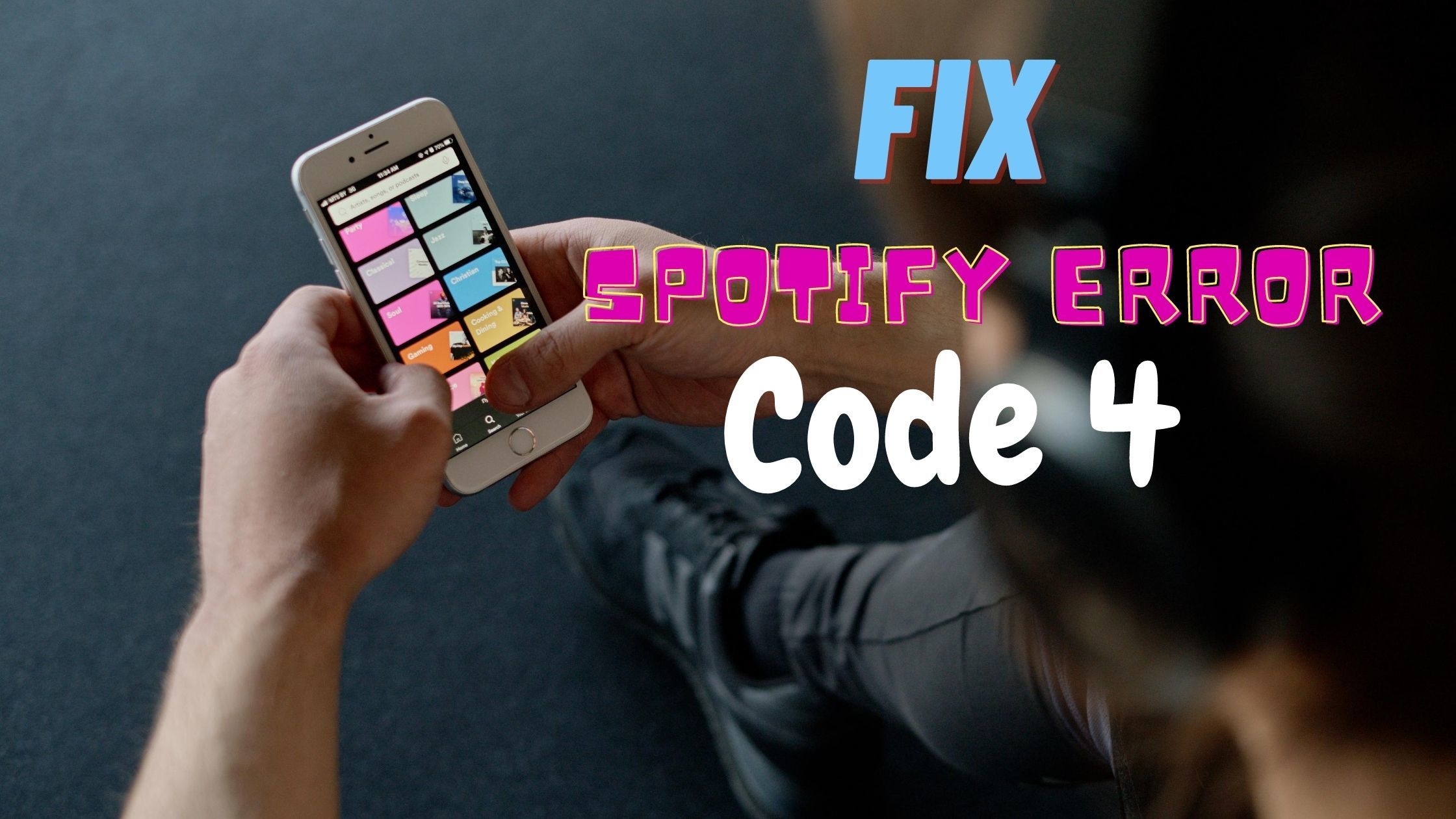Looking for a way to boost your website performance? Then, you need to perform a UX audit. While there are several methods to evaluate the usability of the website, a website audit is the best way to measure how easy or hard it is for your website visitors to perform different tasks on your website.
A great user experience will get you better rankings, happier customers, fewer returns, and most importantly, the right customers at the right time. A complete UX audit checklist is a practical way to improve customer experience and website usability.
Table of Contents
What is a UX audit?
A UX audit is the process of evaluating a website’s user experience and identifying areas where it can be improved. It covers all aspects of the user’s interaction with the website, from the initial impression to post-purchase satisfaction.
The aim of a UX audit is to find and fix the biggest problems with your website design that are preventing users from completing their tasks. By addressing these issues, you can improve your website’s usability and boost its performance.
What to look for in a UX audit?
A UX audit should cover all aspects of the user experience, including:
- Visibility and discoverability of website features
- Navigation and layout
- Ease of use
- Information architecture
- Content
- Visual design
- Interaction design
- Accessibility
- Performance
- Security
How do you do a website UX audit?
There are many different methods for conducting a UX audit checklist, but the most important thing is to approach it with a clear understanding of what you’re trying to achieve.
1. Define your goals and objectives
The first step is to define your goals and objectives for the audit. What do you want to achieve? What problems do you want to solve? What are your priorities?
2. Identify your target audience
Your target audience is important in determining the scope of your audit.
How do they use your website?
Who are you trying to reach with your website? What are their needs and goals? What are their demographics?
Identifying your target audience will help you to understand what they expect from your website. Also, it will help you to focus on the areas of your website that are most important to them.
3. Gather data
Next, you need to gather data about your website and its users. This can be done using:
- Google Analytics
- Server logs
- Heat maps
- User surveys, and
- Other research methods.
4. Analyze the data
Once you have gathered all the data, it’s time to analyze it and see what problems need to be addressed. This can be done using a variety of methods, such as:
- User interviews
- Task analysis
- Heuristic evaluations.
5. Make recommendations
Once you have identified the problems, it’s time to make recommendations for how they can be fixed. This should include specific actions that can be taken to improve the user experience. Give detailed instructions on how each problem can be fixed, and provide resources if necessary.
6. Implement the recommendations
Finally, it’s time to put the recommendations into action and see how they impact the user experience and website performance. You should track the results of the changes you make to see how they affect your website’s usability and conversions.
What should be included in a UX audit?
A UX audit of your website should answer all the questions related to design, clarity, and usability so that you can make informed decisions about any changes to your site. There are several components to a robust UX audit:
- A detailed report on your current UX strengths and weaknesses, including specific recommendations on how to improve.
- An on-site visit with your team to discuss the findings.
- A summary of competitive research, showing how you stack up against other companies in your field.
- An analysis of user interviews, identifying their needs and expectations
- A summary of important user research findings that would affect the design.
- A heuristic analysis (evaluation of usability against established guidelines) of your product.
- An analysis of the organization and labeling of content within the product, including navigational elements.
- Recommendations for improvement, including specific solution details and implementation details, as needed.
UX audit checklist
An audit of the user experience is a systematic review of part or all of a product. The primary goal of a UX audit is to gather insights into how users are interacting with the product, and where their experiences can be improved.
An audit can be applied to different parts of the product lifecycle, from early prototypes to live products. UX audits improve product functionality, usability, and accessibility by identifying areas for improvement.
A UX audit should provide:
- A diagnosis: What needs to be improved?
- Recommendations: How should we improve it?
- Priorities: Which improvements should we make first?
Here is the UX audit checklist:
Visual Design
Visual Design is the first impression of the product and how it looks to the user. Aspects of visual design are crucial to the success of the product. The visual design should be:
- Appealing to the target user
- On-brand and consistent with other products in the company portfolio
- Consistent in terms of layout, typography, color, and imagery
- Clear and legible
Questions regarding visual design include:
- Are all elements consistent with the brand?
- Do all elements align with the target audience?
- Is the design visually appealing and user-friendly?
Layout and Navigation
Layout and Navigation affect how users move around the product. It can also affect how much time they spend on each page. The layout should be intuitive and easy to use while the navigation should be easy to find and use. This will help users find what they need quickly and without frustration.
- Do users know where they are within the product?
- Can users find what they are looking for quickly and easily?
- Are the layout and navigation easy to use and understand?
- Do users get lost or confused when using the product?
- Is the layout easy to scan and understand at a glance?
Information Architecture
Information Architecture is the way information is organized and presented to the user.
- Does the product’s information architecture make sense to users?
- Are labels and titles clear and accurate?
- Is there enough contrast between text and background colors?
- Are navigation menus easy to use?
User Interaction
User Interaction covers how users interact with the product, and how well the product responds to user input.
- Do users know what actions they can take on each page?
- Do users feel in control of the product?
- Are buttons, links, and other interactive elements easy to see and use?
- Do users have to struggle or guess how to use the product?
Page Flow
Page Flow covers the sequence of pages in the product and how users move between them.
- Do users know where they are and where they’re going?
- Do users get lost or confused when moving between pages?
- Is the page flow confusing or redundant?
Error Messages
Error Messages are messages that appear when something goes wrong.
- Do error messages make sense to users?
- Are they clear and accurate?
User Paths
User Paths are the most common ways users interact with the product.
- What are the most common user paths?
- Do all user paths make sense?
- Do any user paths lead to dead ends?
Content
Content is the text, images, and other information that users see on each page.
- Is the content useful, relevant, and accurate?
- Is the content well-written and free of errors?
- Is the content easy to understand?
- Is the content organized in a way that makes sense?
- Do users need to scroll down to see all of the content?
Functionality
Functionality is how well the product works and how well it meets users’ needs.
- Do all features work as intended?
- Do users have to struggle or guess how to use the product?
- Are features easy to find and use?
- Is the product reliable and stable?
Usability
Usability is how easy the product is to use.
- Do users need a lot of help to use the product?
- Are instructions and help files clear and accurate?
- Are buttons, links, and other interactive elements easy to see and use?
- Is the product easy to navigate?
- Does the product have a consistent look and feel?
- Is the product’s layout easy to understand?
Accessibility
Accessibility is how well the product can be used by people with disabilities. It is a requirement for all products that are used by the general public.
- Is the product usable by people with visual impairments?
- Is the product usable by people with hearing impairments?
- Is the product usable by people with physical disabilities?
- Is the product usable by people with cognitive disabilities?
Compatibility
Compatibility is how well the product works with other products.
- Is the product compatible with all major browsers?
- Is the product compatible with other software?
- Is the product compatible with mobile devices?
- Is the product compatible with assistive technologies?
Conclusion:
A UX audit is a valuable tool for assessing and improving the usability of a website or product. It can help you identify and fix common usability problems, which can boost website performance and improve the user experience.
When conducting a UX audit, it is important to keep in mind the goals of the audit, which should be to assess and improve the usability of the website or product. The checklist above covers a broad range of factors that should be considered when conducting a UX audit.








